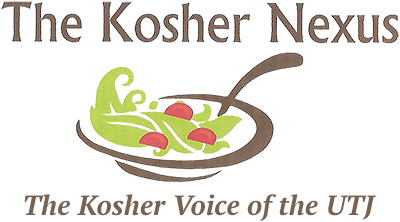Where did eggnog come from?
While its exact origin is disputed, eggnog—as the majority of Americans know it—most likely came from Europe centuries ago. Its etymology is unclear, but common theories for the origin of the word “nog” point to both “noggin,” a type of cup, and “grog,” a historic term for watered-down rum. English settlers brought the drink with them across the Atlantic to what is now the United States and Canada, where French speakers call the drink “lait de poule,” or chicken’s milk. At the same time, egg-and-milk beverages were popping up in other regions throughout the world, and spiking these drinks with booze is far from an American-only tradition.
Are there really eggs in eggnog?
As the saying goes, if you want to make some eggnog, you have to break some eggs. At its core, eggnog is an emulsion of milk and/or cream, sugar, and, yes, eggs. Unlike in an egg cream—a similar old-timey drink that actually gets its name from the foamy, whipped egg white-like texture achieved by mixing seltzer and dairy fat—the “egg” in eggnog is very, very real.
So real that our recipe for eggnog calls for a whopping six eggs, which are mixed vigorously with whole milk, heavy cream, and sugar into an extremely indulgent, extra-rich drink that’s reminiscent, as Al Culliton once wrote, of “melted ice cream mixed with booze.” Recipe developer Amiel Stanek adds a full two cups of dark rum to his recipe. Non-alcoholic eggnog is still eggnog, though, so feel free to mix up a liquor-free batch for the whole family to enjoy. Besides, you can always add the booze at the end.


Recent Comments